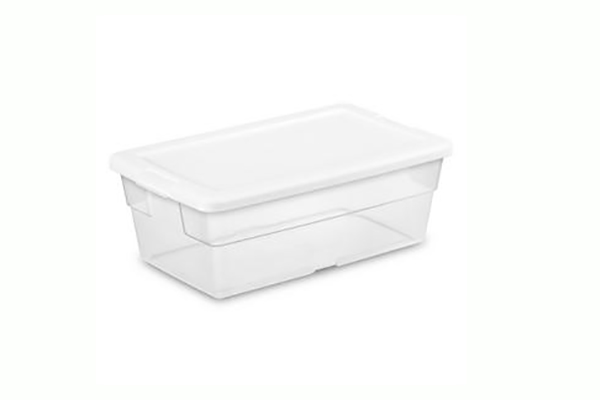When it comes to reducing waste and making environmentally friendly choices, many people are left wondering about the recyclability of certain packaging, especially white food containers. These containers, often used for takeout, deli items, dairy products, and frozen meals, can be made from a variety of materials—some recyclable, others not. The answer to whether they are recyclable depends largely on the material, local recycling rules, and the container’s condition.

Common Materials for White Food Containers
1. Polystyrene Foam (Styrofoam)
Some white food containers, particularly clamshell takeout boxes and cups, are made from expanded polystyrene foam (often referred to by the brand name Styrofoam). Unfortunately, in many municipalities, this material is not accepted in curbside recycling programs because it is lightweight, easily contaminated by food, and costly to process. Even when recyclable, it must often be taken to specialized drop-off locations.
2. Plastic #5 (Polypropylene)
Many yogurt tubs, sour cream containers, and certain deli containers are made from polypropylene (PP), which is labeled with the recycling symbol and the number 5. These are more widely accepted in curbside recycling programs, especially when they are clean and free from food residue.
3. Plastic #1 (PET) or #2 (HDPE)
Some white food containers—such as milk jugs or certain food trays—are made from PET or HDPE. These plastics are among the most recyclable and are commonly processed into new containers, textiles, and other products.
4. Paperboard with Coatings
White paper takeout boxes or plates may look recyclable but often have a thin plastic or wax lining to resist grease and moisture. This coating can complicate recycling, as most paper mills cannot process it. If heavily soiled or coated, these items usually need to be disposed of as trash or composted if the material is compost-safe.
Factors That Affect Recyclability
1. Local Recycling Regulations
Recycling rules vary greatly between cities and counties. A white food container that is recyclable in one area may not be accepted in another. Checking your local waste management website or recycling guide is the best way to confirm.
2. Cleanliness
Even if the container is made from a recyclable material, it must be thoroughly rinsed before being placed in the recycling bin. Residual food, grease, or sauce can contaminate entire batches of recycling, leading to more material being sent to landfill.
3. Labels and Lids
Plastic lids, labels, or paper wraps attached to white containers may need to be removed, depending on local guidelines. Some programs accept them together, while others require separation.
How to Identify If a White Food Container is Recyclable
-
Check the Recycling Number – Look for the triangular recycling symbol with a number (1–7).
-
Confirm Local Acceptance – Even if it’s a recyclable type of plastic, make sure your municipality accepts that number.
-
Assess Condition – If it’s greasy, soiled, or coated with food, clean it first.
-
Look for Special Instructions – Some areas accept certain containers only at designated recycling centers.
Eco-Friendly Alternatives
If you’re concerned about the waste from white food containers, you can opt for:
-
Reusable containers for takeout and storage
-
Compostable packaging made from plant-based materials
-
Bringing your own food containers when picking up meals
By reducing single-use packaging and supporting businesses that use sustainable materials, you can help cut down on landfill waste.
Conclusion
White food containers can be recyclable—but it depends on the material, your local recycling program, and how clean the container is. Plastics like #1, #2, and #5 are more likely to be accepted, while Styrofoam and coated paperboard are often rejected. The best practice is to check the container’s recycling code, confirm your local rules, and always rinse it before disposal. With a little effort, you can ensure your recycling habits truly make a difference for the environment.
If you want, I can also prepare a simple recycling decision chart for white food containers so it’s easier to know at a glance whether to recycle, compost, or trash them.
Post time: 08-14-2025



